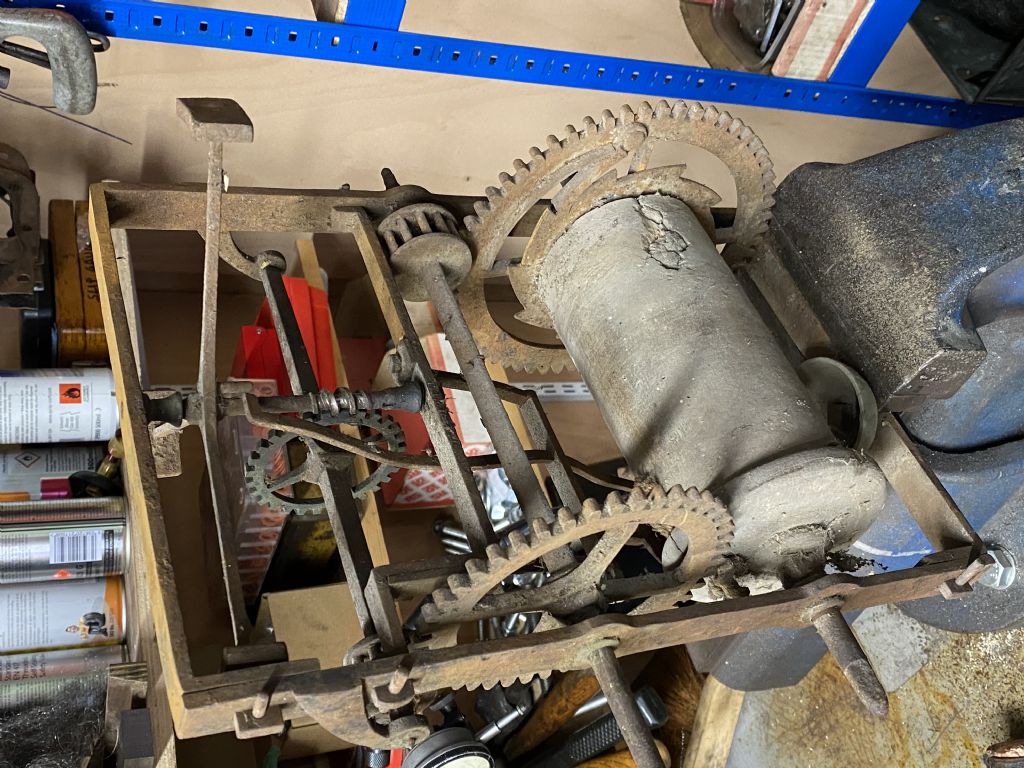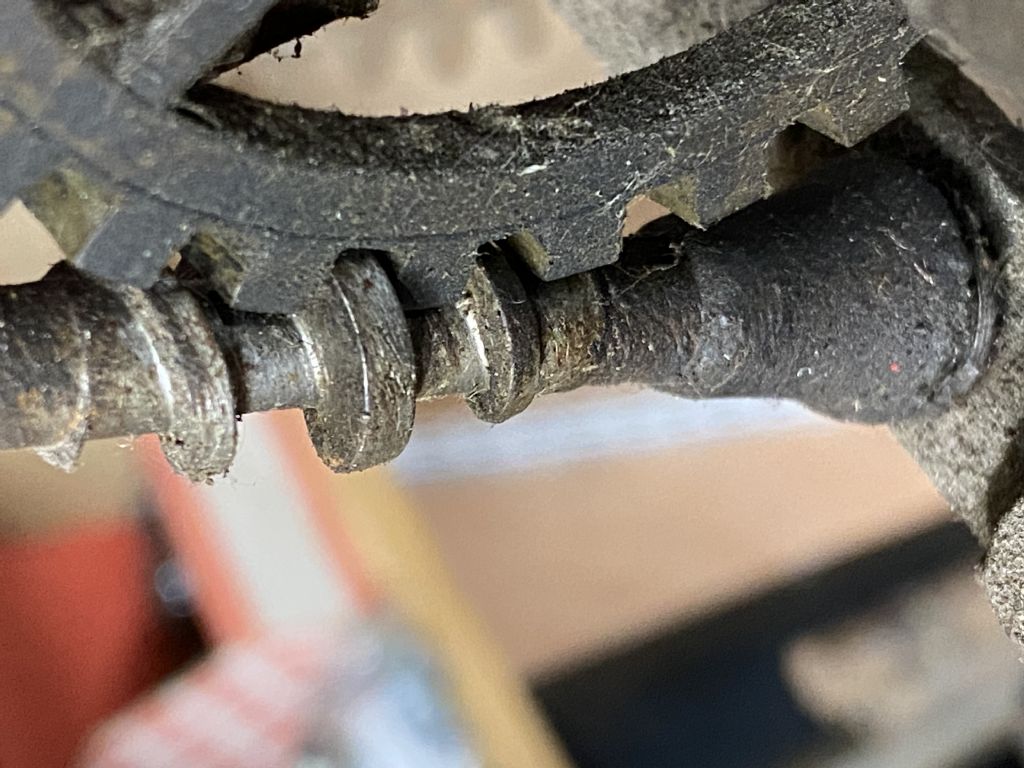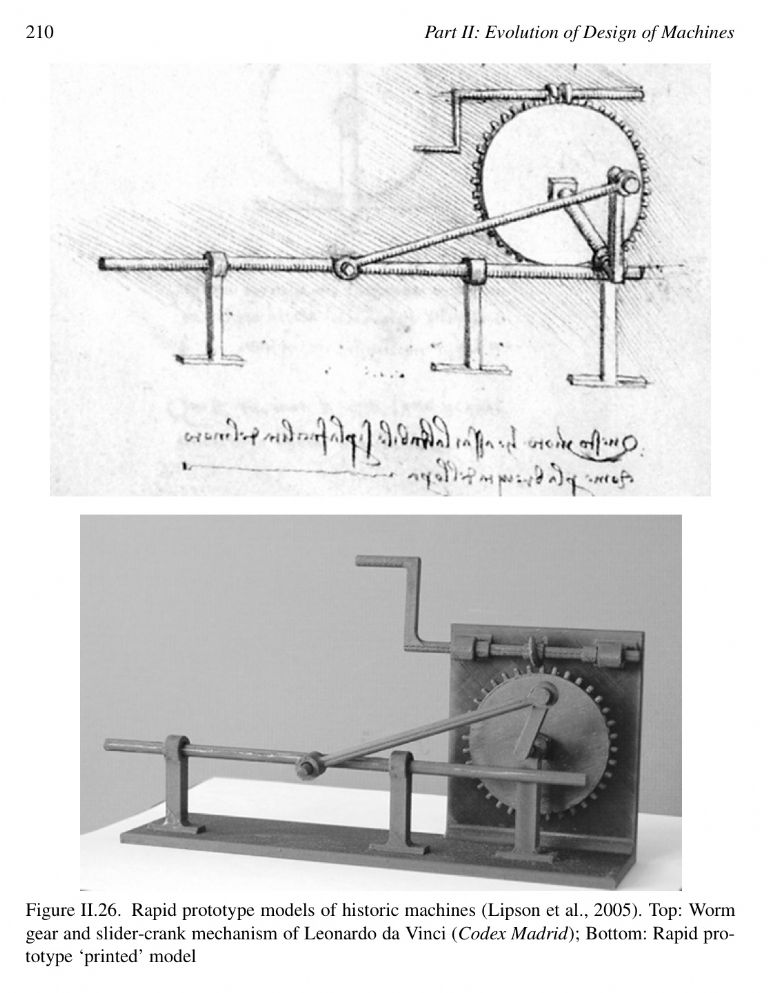Weight driven clockwork roasting spit
Weight driven clockwork roasting spit
- This topic has 29 replies, 13 voices, and was last updated 7 December 2022 at 10:07 by
ANDY CAWLEY.
- Please log in to reply to this topic. Registering is free and easy using the links on the menu at the top of this page.
Latest Replies
Viewing 25 topics - 1 through 25 (of 25 total)
-
- Topic
- Voices
- Last Post
Viewing 25 topics - 1 through 25 (of 25 total)
Latest Issue
Newsletter Sign-up
Latest Replies







